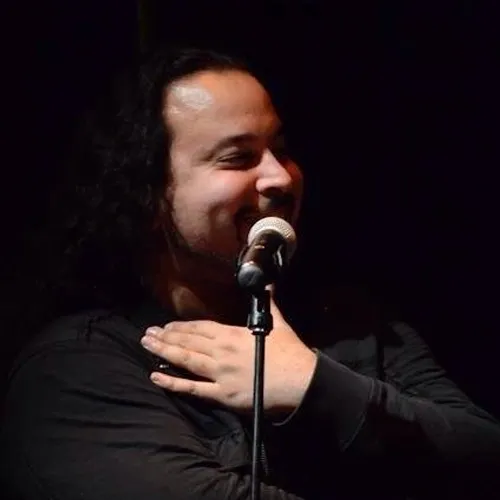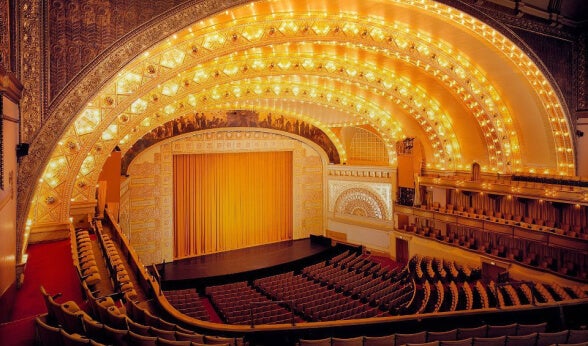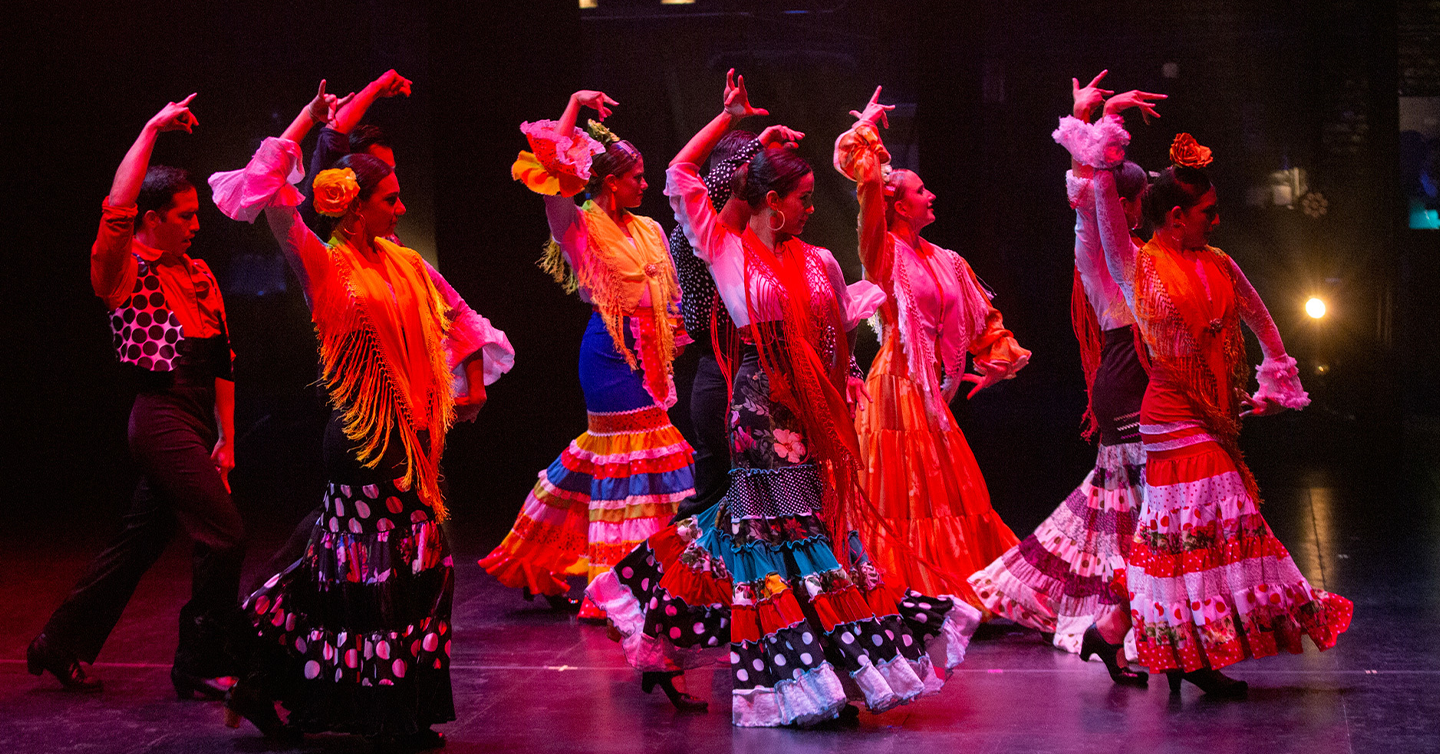
Ensemble Español Spanish Dance Theater | Casting for Nov 15, 2025
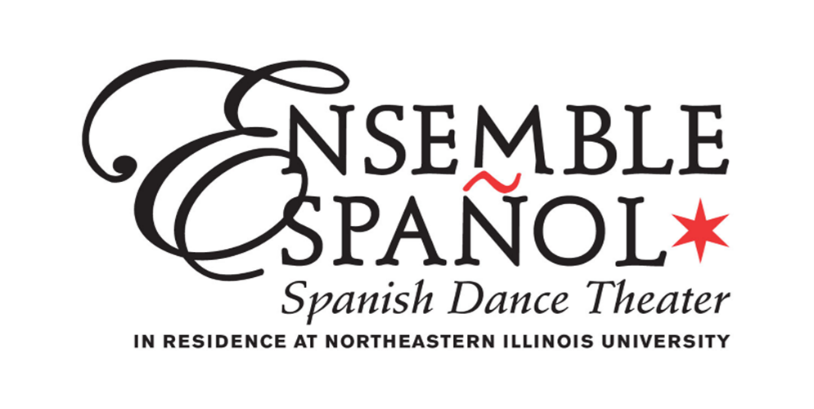
The Ensemble Español Board of Directors welcomes our
Honorary Chairs
Juan Mata and Ana Gonzalez
Founding Members of the National Ballet of Spain
Honorary Co-Chairs
Daniel Lopez, President, Harold Washington College
Eduardo Vilaro, Artistic Director and CEO of Ballet Hispanico, NY
Jose Ochoa, President and CEO, National Museum of Mexican Art
Iris Martinez, former IL State Senator and Clerk of the Circuit Court of Cook County
Amina Dickerson, President, Dickerson Global Advisors
- HONORING our past, CELEBRATING our present and SECURING our future -
Company Dancers:
Katrina Bartels, Catherine Beza, Juan Carlos Castellon, Laila Galecki, Matt Jalac,
Jocelyn Leving, Maria Lujan, Samantha Micklewright, Nalanie Molina, Abigail Mosquera, Jonathan Pacheco
Guest Dancers:
Ivan Aguayo, Nestor Corona, Martin Ortiz
Youth Dancers:
Magali Garcia, Abigail Valdez, Evalie Venegas, Gianna Volk
Guest Artist / Dancer / Choreographer:
Claudia Pizarro Lara
Guest Flamenco Musicians:
Jose Moreno, Flamenco Singer & Guitarist;
Patricia Ortega, Flamenco Singer; David Chiriboga, Flamenco Guitarist;
Javier Saume Mazzei, Percussionist
Ensemble Español Tech Production:
Sarah Lackner, Production & Stage Manager
Dustin Derry, Lighting Director of Stonewolf Studios
Learn more about the company dancers by clicking here.
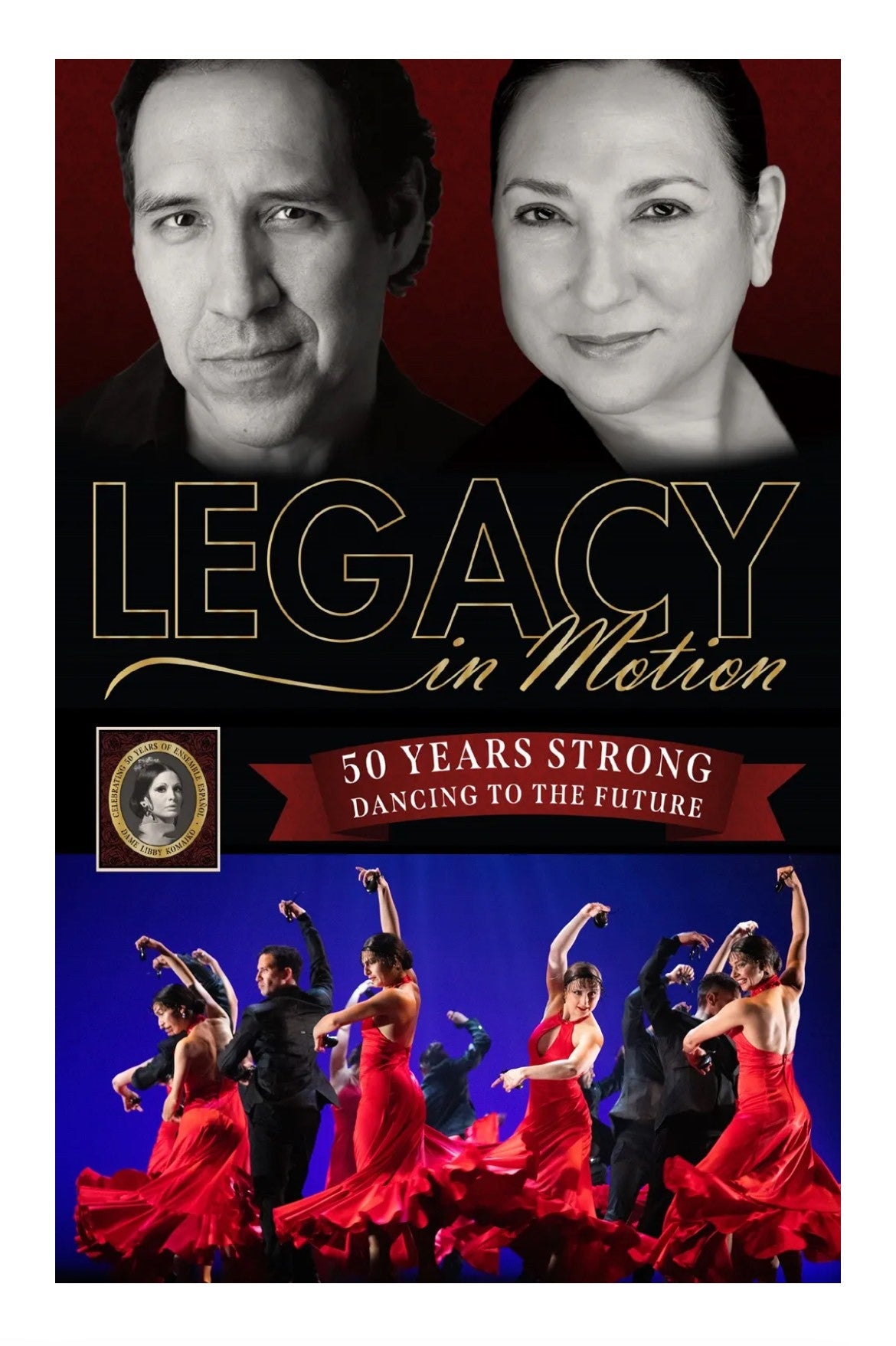
WELCOME LETTER
Welcome to the Ensemble Español Spanish Dance Theater’s 50th Anniversary Concert at the historic landmark Auditorium!
As we celebrate our golden anniversary season, we are excited to present our beautiful full Company of dancers and guest artists on this special concert honoring our beloved Dame Libby Komaiko, founder of the Ensemble Español and Irma Suarez Ruiz, our Dame Libby Komaiko Legacy Artistic Director.
Behind the glamor is the year-round work of the Ensemble Español that is focused on performances, training and educational excellence, heritage, and cultural opportunities for our dancers and youth. We perform and serve over 10,000 school children annually in Chicago. We support a Youth Company now celebrating its 40th anniversary founded at the Frederick Funston School in Humboldt Park. The Ensemble Español is the first in the U.S. to offer dual enrollment college credit for high school students at Northeastern Illinois University.
Our passion and hard work are supported by so many constituencies. We thank our wonderful staff, amazing Board of Directors, all of our donors, and our public and private funding sources, and partner and home Northeastern Illinois University. We offer heartfelt thanks to The Auditorium leadership specifically Rich Regan, CEO, and Judie Green, Major Gifts Officer, for opening the stage of The Auditorium to the Ensemble in 2002 and for their continuing mentorship and friendship.
This evening’s revival of Dame Libby Komaiko’s 1993 full company iconic Boléro is presented thanks to the generous support of friend and donor Sonia Florian. The Ensemble Español dedicates this evening’s performance of Boléro to Ms. Florian.
A very special thank you to our 50th anniversary board chair and former NEIU president, Salme Harju Steinberg. Your vision and leadership since the company’s inception is immeasurable. Gracias de todo corazón. Gracias to our new university president, Katrina Bell-Jordan, for your dedication and continued support.
To continue our work, we need you. Please join us on this journey. Your impact donation, now, more than ever, will help safeguard our Ensemble dancers, youth dancers, artistic leaders, teachers and staff. This includes our platform for new works, our continued partnership to Chicago and Illinois schools and teens, and a collaborative space for our artists and communities. As of today your donation in any amount up to $40,000 will be matched dollar for dollar for a total of $80,000 thanks to the generous support of the Hurvis Foundation. Your support will double our impact!. To support Ensemble's mission, please donate here.
¡Muchísimas Gracias!
Jorge D. Perez, Executive Director
----
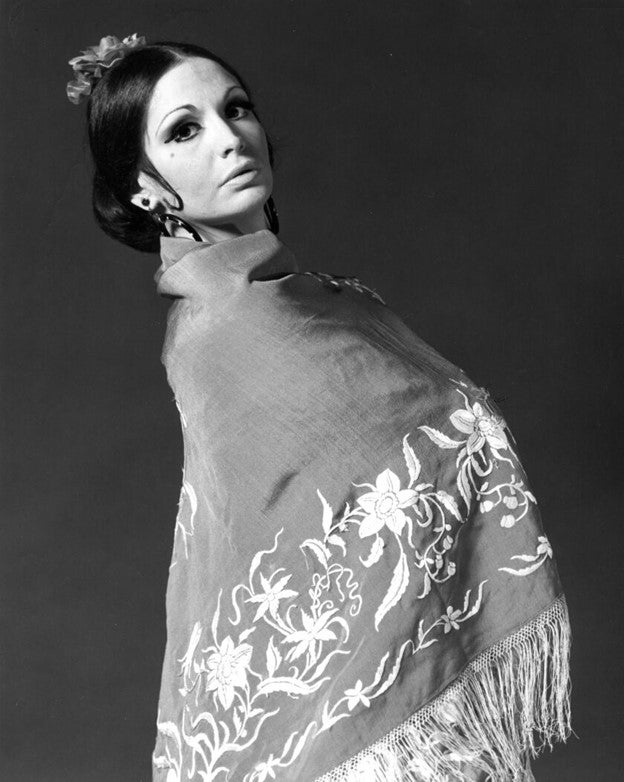
Dame Libby Komaiko (1949-2019) founded the Ensemble Español at Northeastern Illinois University in 1975 as a member of the faculty in the Department of Music and Dance. Her creativity and innovation flourished as she explored and performed Spanish dance of the classic, ethnic, folkloric, and contemporary traditions. Her choreography is recognized for major interpretations of historic Iberian ballet, folkloric suites, and Flamenco dramas. She sought to reach and educate the widest audiences about the richness of Hispanic art, dance, and music. She found ways to provide imaginative educational opportunities to young people of all backgrounds throughout Chicago, the nation, and globally. King Juan Carlos honored her with the Lazo de Dama for her contributions to Spanish culture.
When she established the American Spanish Dance and Music Festival of renowned dancers every summer, Dame Libby demonstrated the powerful ethnic connections from the Latin, African, Irish, Arabic, Jewish, and South Asian traditions. It is noteworthy that the Ensemble Español’s performers and those in the Youth Company represent wide diversity in ethnicity, race, and religion. Dame Libby’s art, its beauty, sophistication, and authenticity, is applauded by everyone who knows the mosaic of Spanish culture and who understands the urgency to build bridges into the future for the arts.
Salme Harju Steinberg, Chair of the Board of Directors, Ensemble Español
ACT 1
Ecos de España
The inexhaustible vitality and distinctly individual qualities of Spanish folk music, its rhythms and colors have fascinated composers in Europe and worldwide throughout the twentieth century. Dame Libby was inspired by paintings from Francisco de Goya’s “Black Period” and Nikolai Rimsky-Korsakov’s musical creations. The celebrated Russian composer and music teacher Rimsky-Korsakov is famous for his popular symphonic suites and imaginative blend of orchestral sounds. Ecos de España has also been a company favorite performed with symphony orchestras, including the Evanston Symphony, the Skokie Valley Symphony, the Northwest Symphony and the Chicago Symphony Orchestra at Symphony Center.
Choreography & Lighting Design (1983): Dame Libby Komaiko
Choreographic Collaboration: Edo (Fandango Asturiano)
Music: Nikolai Rimsky-Korsakov (1844-1908) Capriccio Espagnol, Op. 34 (1887)
Scene y Cante Gitano (4th Mvt.) and Fandango Asturiano (Jota) (5th Mvt.)
Costume Design: Dame Libby Komaiko (Scene y Cante Gitano)
Christine Fransen (original Fandango Asturiano costumes)
Note: For this anniversary costume designs and construction by Paco Alonso
Dancers: Company
Duende Gitano (Solea por Bulerias)
Choreographer & Dancer (2006): Jose Torres after Paco Romero
Music: Jose Moreno, Flamenco Singer & Guitarist; Patricia Ortega, Flamenco Singer; David Chiriboga, Flamenco Guitarist; Javier Saume Mazzei, Percussionist
Lighting Design: Margaret Nelson
Danza del Fuego (Dance of Fire)
This romantic twentieth-century neoclassical dance portrays the mysterious moods and great eastern influence of the Moors in Spain during their 900-year rule.
Choreographer & Lighting Design (1977): Dame Libby Komaiko
Music: Pablo Luna (1879-1942) from the zarzuela “Ben Amor” (1923)
Costume design: Ann Rossi
Dancers: Company
Asturias (Classical)
Castanets: Irma Suarez Ruiz
Guitarist: David Chiriboga
Costume Design: Irma Suarez Ruiz
Costume Production: Luz Creations
Lighting: Dustin Derry
El Baile de Luis Alonso (Classical)
El Baile de Luis Alonso was based on a one act lyrical play written by Javier de Burgos. The play premiered in 1889 at the Teatro Español. Spanish composer Geronimo Gimenez saw the production and fell in love with it. On February 27, 1896 the play became a zarzuela (Spain’s light opera) opening to great reviews in the Teatro de la Zarzuela in Madrid.
Choreographer & Costume Designer (2010): Irma Suarez Ruiz
Music: Geronimo Gimenez
Costume production: Luz Creations
Backdrop painting: Mayra Werner
Lighting Design: Margaret Nelson
Dancers: Company
Entre Dos Almas / Between Two Souls (Flamenco Alegrias)
This work, set 27 years ago, has been performed locally, nationally including Hawaii and Puerto Rico and internationally in Poland and Costa Rica. Inspired by the songs of the seaport in Cadiz, the southern part of Spain in Andalucía, Irma and Jorge dedicate tonight’s performance to our beloved mentor, Dame Libby Komaiko, for her loving support, artistry and creativity since we both walked into her world of Spanish dance and music over four decades. This encounter would set our path of what would become our life’s work, passion, and our second home and family.
Choreographers & Dancers (1998): Irma Suarez Ruiz & Jorge Perez
Musicians: Patricia Ortega, Flamenco Singer; Jose Moreno, Flamenco Singer & Guitarist; David Chiriboga, Flamenco Guitarist; Javier Saume Mazzei, Percussionist
Costume Design: Irma Suarez Ruiz
Costume Production: Paco Alonso
Lighting Design: Dustin Derry
Pasion Oculta (Hidden Passion)
Choreographer and Costume Designer (2019): Irma Suarez Ruiz
Music: Escala
Costume Production: Luz Creations
Lighting Design: Dustin Derry
Dancers: Company
ACT 2
Zapateado
A portrayal of the herders, herding the bulls to the fields on horseback - Dance of the Shoes. Dame Libby Komaiko, inspired by her teacher and mentor, Mr. Jose Greco, set this dance originally on her first company of five dancers: Karen Stelling, Vida Bitinas, Myrna Salazar, Sergio Bahamondes, Rafael Figueroa performed on Northeastern Illinois University Auditorium in 1976 as the newly formed Ensemble Español.
Choreography & Lighting Design (1976): Dame Libby Komaiko
Music: David Chiriboga, Flamenco Guitarist
Costume Design & Construction: Paco Alonso & Dolores Decano
Dancers: Company
Danza del Molinero (The Millers Dance)
Choreographer: Antonio
Staged by: Jose Torres
Music: Manuel de Falla from one of the most famous dances (a flamenco-style Farruca) from de Falla’s ballet, The Three Cornered Hat.
Lighting Design: Sarah Lackner
Costume Design: Jonathan Pacheco
Costume Production: Tomar Artesania & Tanya Tailor
Dancer: Jonathan Pacheco
Antecesores (To those who came before us) Flamenco
Sevillanas is one of Spain’s “national dances” in the Cante por Baile (song for dance) style, in the compás (rhythm) of six, from the province of Seville.
Choreography and Staging (2025) Premiere: Jose Torres
Music: Jose Moreno, Flamenco Singer & Guitarist; Patricia Ortega, Flamenco Singer; David Chiriboga, Flamenco Guitarist; Javier Saume Mazzei, Percussionist
Costume Design: Irma Suarez Ruiz & Dancers
Costume Production: Luz Creations
Lighting Design: Dustin Derry
Dancers: Company
Seguiriya (Flamenco)
Rooted in one of flamenco’s oldest and most profound forms, Seguiriya is where grief and power coexist in every note, revealing the depths of sorrow and strength where pain becomes art. It's cante jondo (deep song), speaks of human struggle and endurance, a cry that comes from the soul. In this piece, I let the raw beauty of the form guide me, honoring its tradition while allowing space for my own story, a dance between pain and power, silence and rhythm.
Choreographer, Dancer, & Lighting Design (2025): Claudia Pizarro Lara
Music: José Moreno, Flamenco Singer; David Chiriboga, Flamenco Guitarist; Javier Saume Mazzei, Percussionist
Costume Design: Claudia Pizarro Lara
Boléro
Since its creation, Ensemble Español’s Boléro has graced some of the greatest landmark theaters in the world to well over one million audience members. Boléro has been featured in two documentaries; Dance for Life: 20th Anniversary Documentary in 2010 (winner of two Emmy awards for best documentary and best director — Scott Silberstein of HMS Media) and Sobre Las Olas del Mar: A Story of Flamenco in the U.S. 2013 directed by Carolina Loyola Garcia.
Dame Libby’s Boléro has been featured on BBC, on public television, on WGN Radio & TV with Dean Richards, and television and international media in China, Puerto Rico, Poland and Spain. Theatre performances include Chicago’s Northeastern Illinois University Auditorium in 1993–95 and 1997–98 and 2019; Skyline Stage at Navy Pier in 1996; North Shore Center for the Performing Arts in Skokie in 1999, 2008, 2011, 2013, 2016, and 2018; the Auditorium Theatre in 2002–2005, 2013 and 2017; the Harris Theater for Ensemble’s 30th anniversary in 2006; Dance for Life in 2010; and Global Rhythms in 2011.
Internationally Dame Libby’s Boléro has been performed in Puerto Rico, Poland, China and in the U.S. for the St. Louis Dance Festival in 2010, 2011, 2013, 2015 and 2025 to a roaring record breaking 12 standing ovation curtain calls. The Ensemble also presented Boléro on August 22 and 24, 2013 in a Chicago historic double header at the Auditorium Theatre and on the Pritzker Pavillion stage in Millennium Park as part of the Chicago Dancing Festival.
Boléro made its Spain debut on August 20, 2016 at the Teatro Tomas y Valiente in the city of Fuenlabrada and on August 24 at the Teatro Marquina in Madrid in honor of the company’s 40th anniversary.
The New York Times called Dame Libby’s Boléro “amazing” and said the Flamenco ballet “wowed the audience” in 2018 at the sold-out Joyce Theater in Manhattan, NY, with audience members standing and shouting, “Encore, Encore.”
Choreographer (1993): Dame Libby Komaiko
Music: Maurice Ravel (1875–1937) Boléro (1928)
Inspirational Back Story: Drawings & Paintings of Pablo Picasso (Barcelona, 1881–1973)
Costume Designers: Dame Libby Komaiko, Paco Alonso
Original costume production: Paco Alonso
Costume re-design addition for the special 20th Anniversary in 2013: Freddie Rocha
Lighting Design: Original concept by Michael Mix
Re-imagined lighting design in 2025 for this performance by Dustin L. Derry
Dancers: Company
This work when created was dedicated to the memory of Irving B. Dobkin, long-time officer of the Board of Directors and friend of the Ensemble Español. The creation of Boléro was made possible in part by the Cherry Family Foundation.
The revival of Boléro for this special golden 50th anniversary presentation is made possible thanks to the generous support of Ms. Sonia Florian.
Irma Suárez Ruiz, Jorge Pérez, remaining original dancers from the setting of Bolero in 1993, and the Ensemble Español dedicate this evening’s presentation of Boléro to the loving memory of long time donor, fan, friend, Chicago dance lover and arts ambassador, Ms. Sonia Florian (1935-2025)
Boléro is a 1928 work for large orchestra by French composer Maurice Ravel. It is one of Ravel's most famous compositions. It was also one of his last completed works before illness diminished his ability to write music.
The work's creation was set in motion by a commission from the dancer Ida Rubinstein, who asked Ravel for an orchestral transcription of six pieces from Isaac Albéniz's set of piano pieces, Iberia. While working on the transcription, Ravel was informed that Spanish conductor Enrique Fernández Arbós had already orchestrated the movements, and that copyright law prevented any other arrangement from being made. When Arbós heard of this, he said he would happily waive his rights and allow Ravel to orchestrate the pieces. However, Ravel decided to orchestrate one of his own works instead, then changed his mind and decided to compose a completely new piece based on the bolero, a Spanish dance musical form.
The composition was a sensational success when it premiered at the Paris Opéra on November 22, 1928, with choreography by Bronislava Nijinska and designs and scenario by Alexandre Benois. The orchestra of the Opéra was conducted by Walther Straram. Originally, Ernest Ansermet had been engaged to conduct the entire ballet season, but the musicians refused to play under him. A scenario by Rubinstein and Nijinska was printed in the program for the premiere.
Boléro became Ravel's most famous composition, much to the surprise of the composer, who had predicted that most orchestras would refuse to play it. It is usually played as a purely orchestral work, only rarely staged as a ballet. According to a possibly apocryphal story from the premiere performance, a woman was heard shouting that Ravel was mad. When told about this, Ravel is said to have remarked that she had understood the piece.
The Company
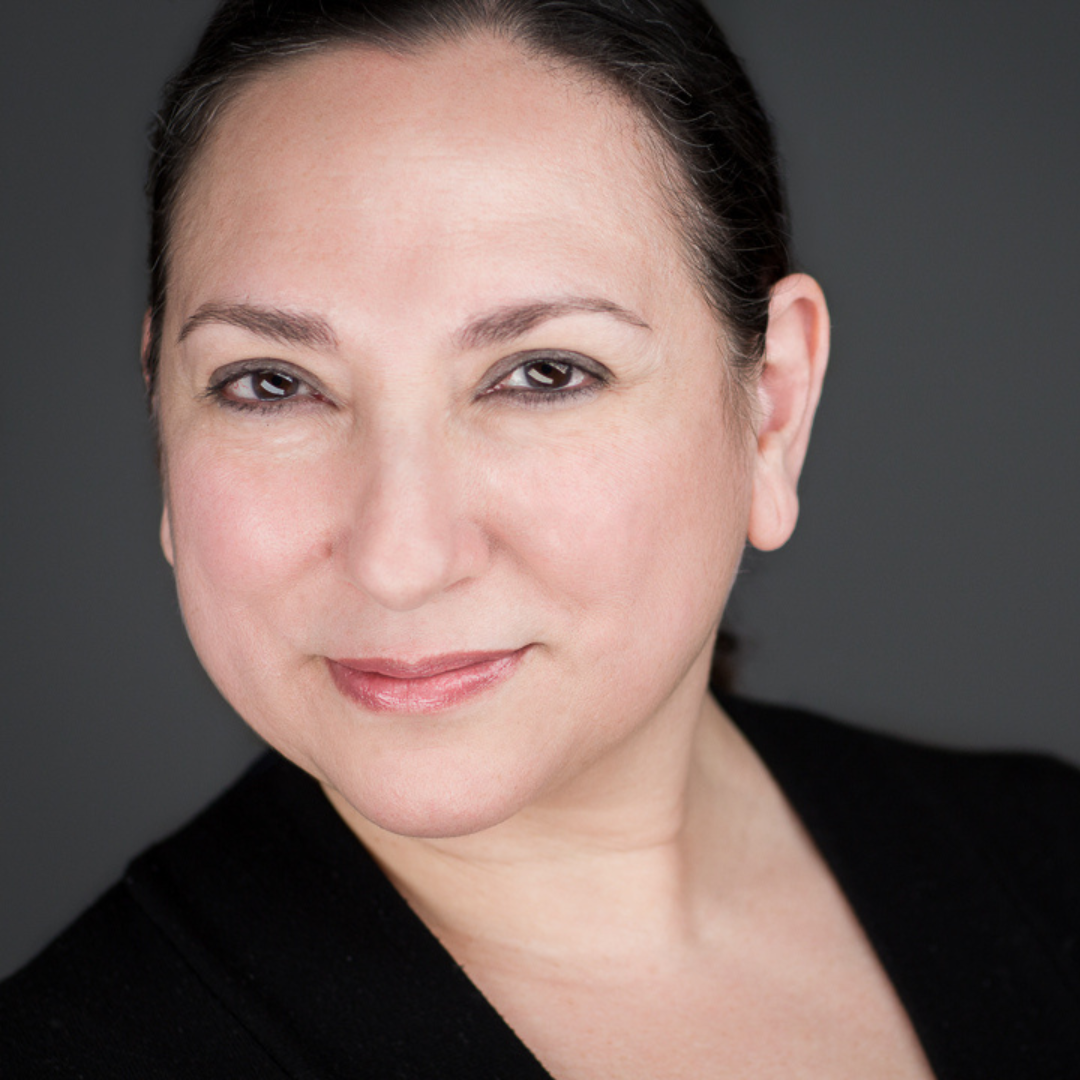
Irma Suárez Ruiz, Dame Libby Komaiko Legacy Artistic Director
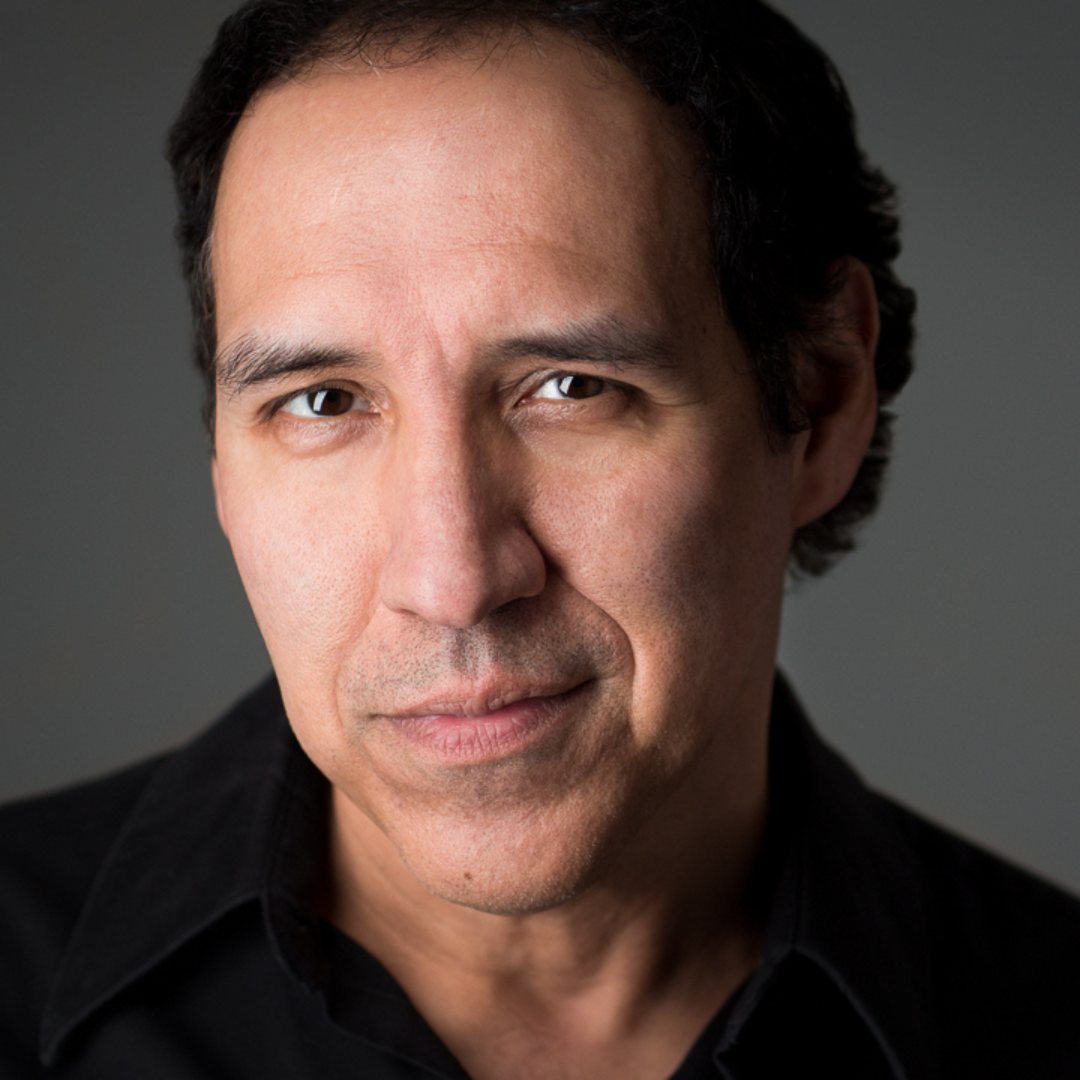
Jorge Pérez, Executive Director
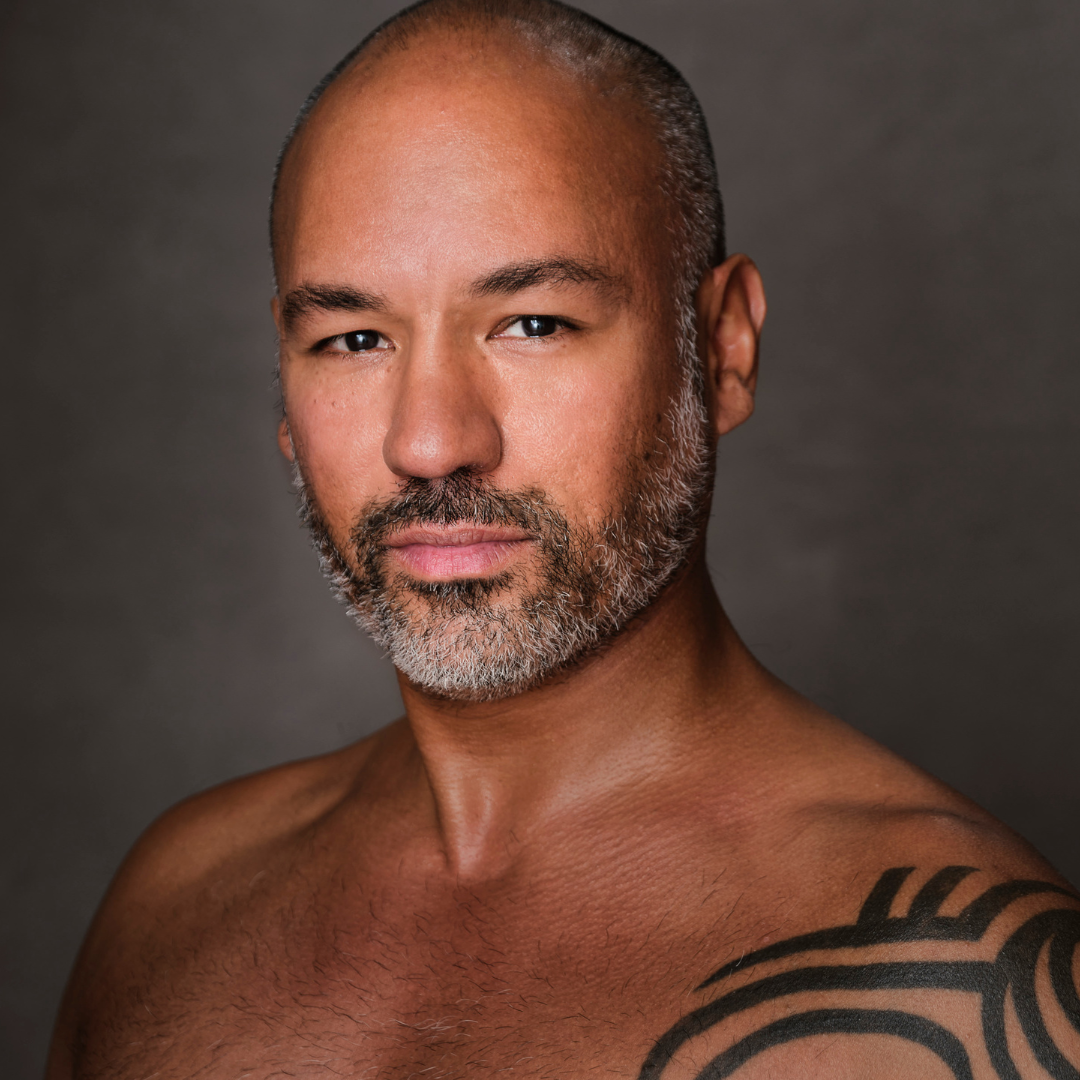
José Torres, Associate Artistic Director
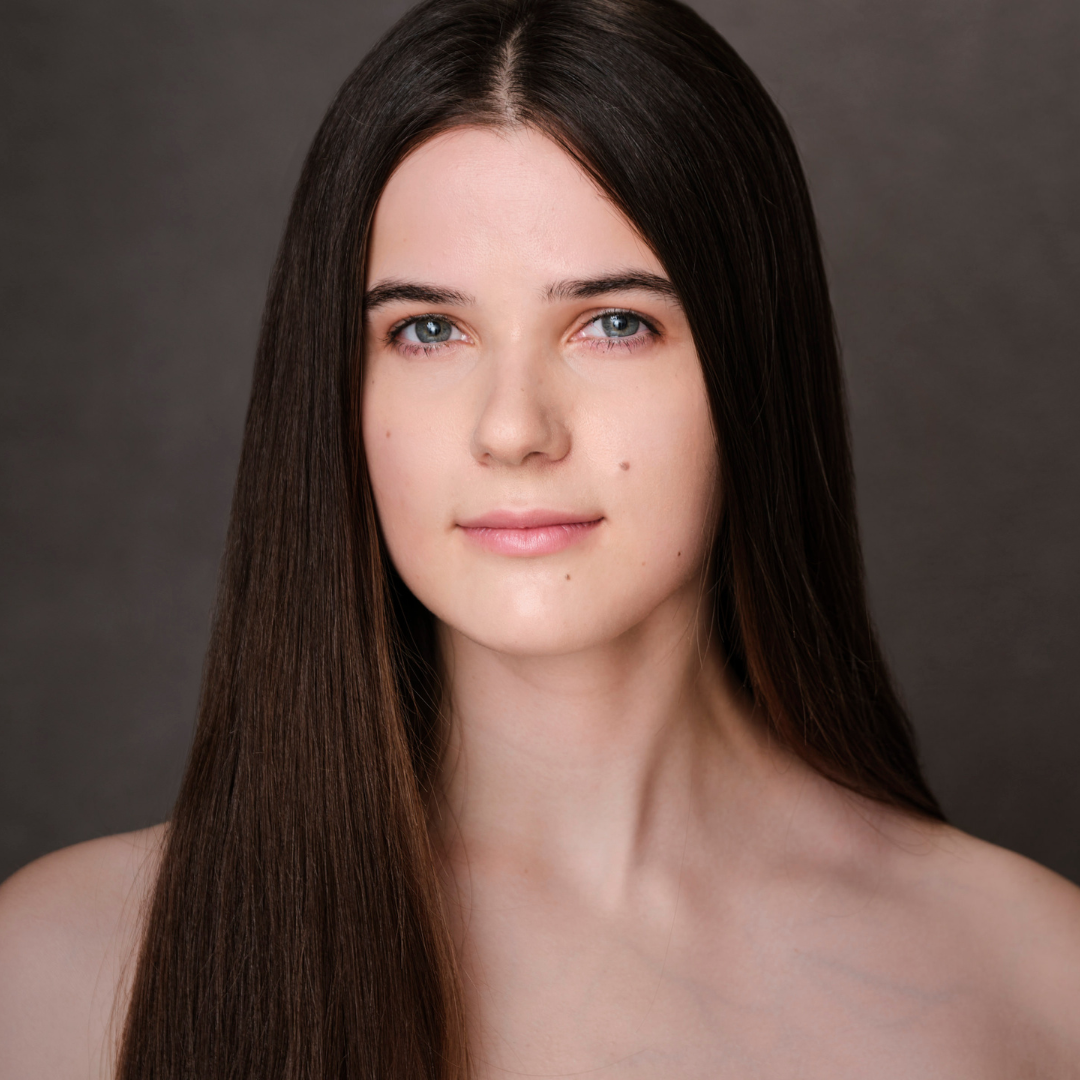
Katrina Bartels
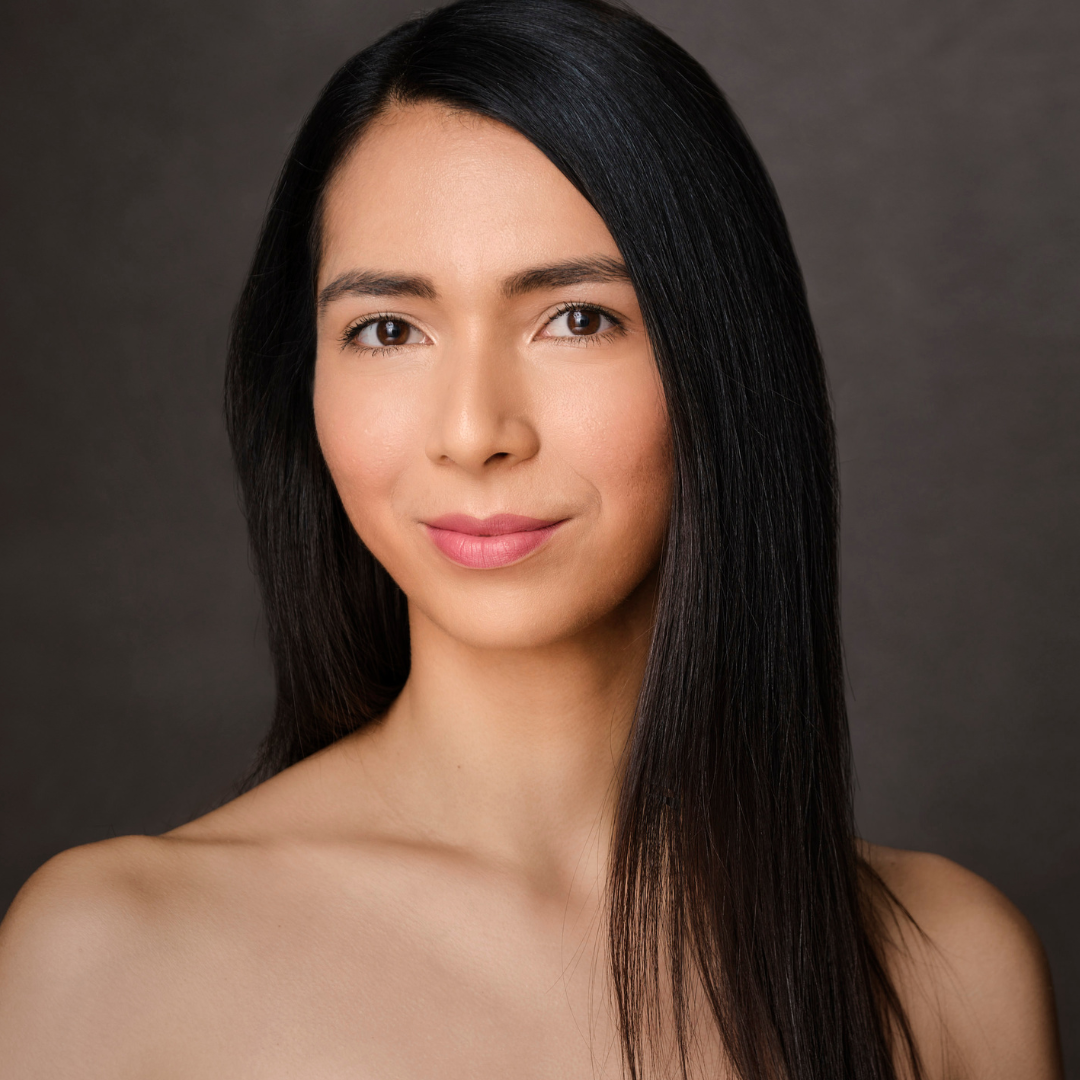
Catherine Beza
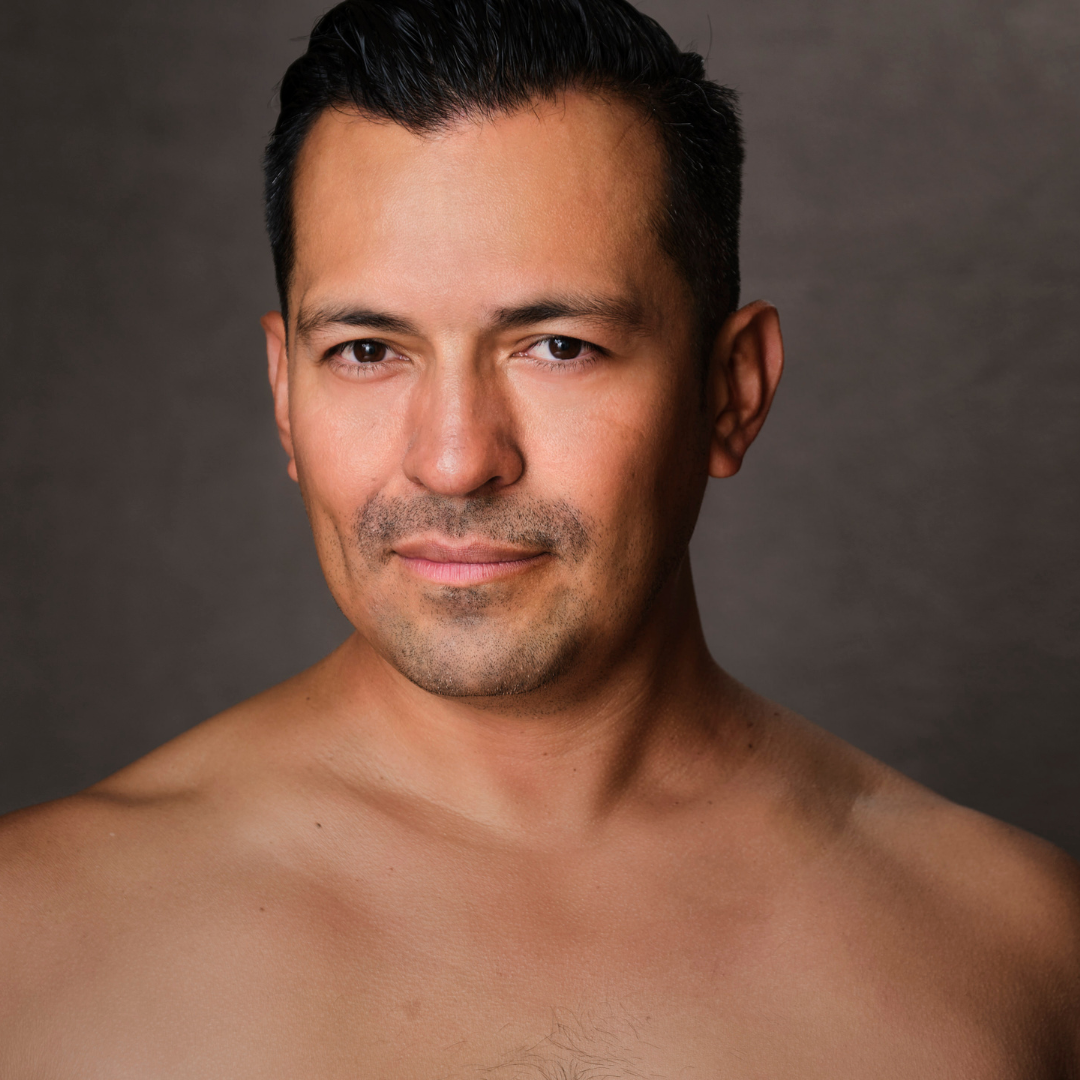
Juan Carlos Castellon
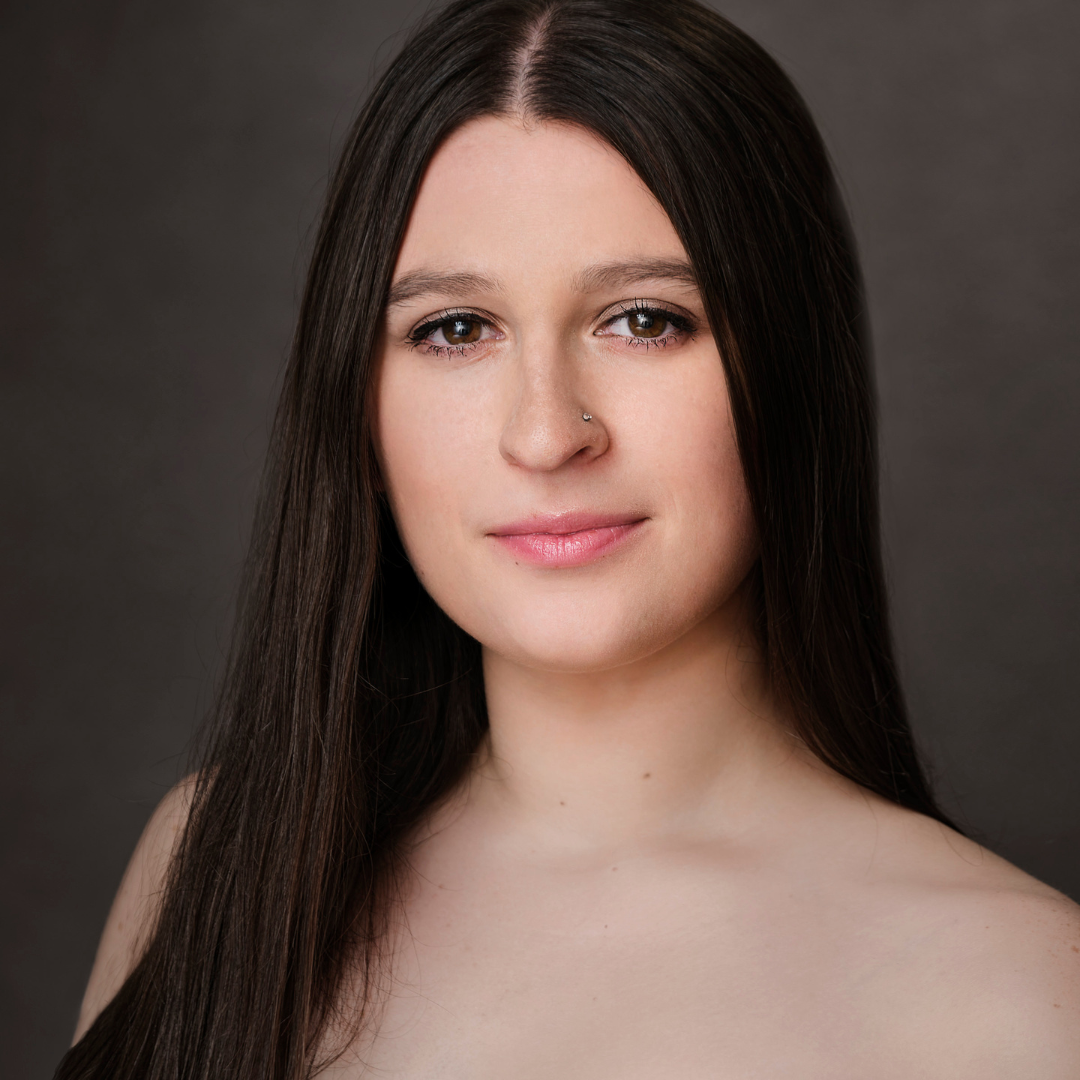
Laila Galecki
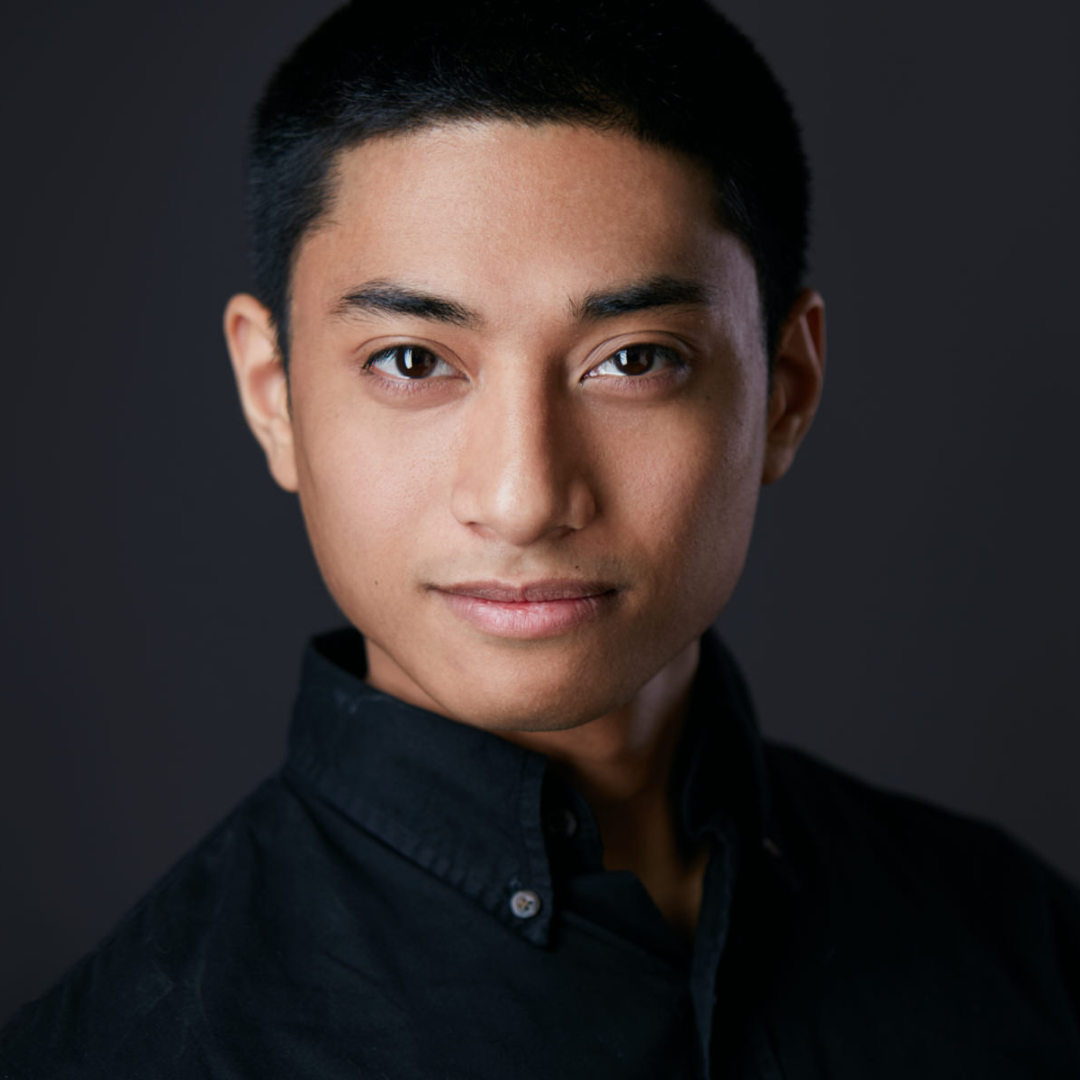
Matt Jalac
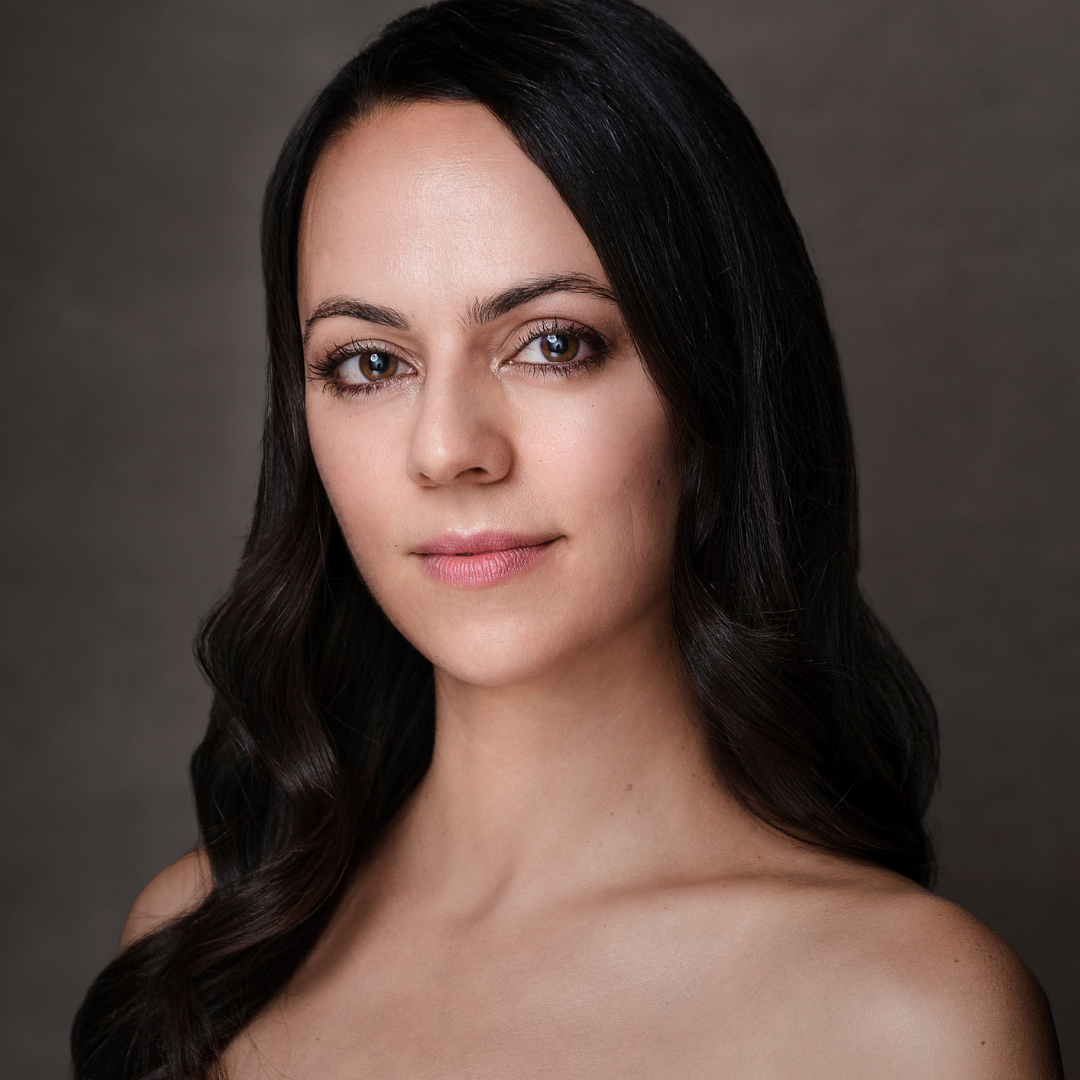
Jocelyn Leving
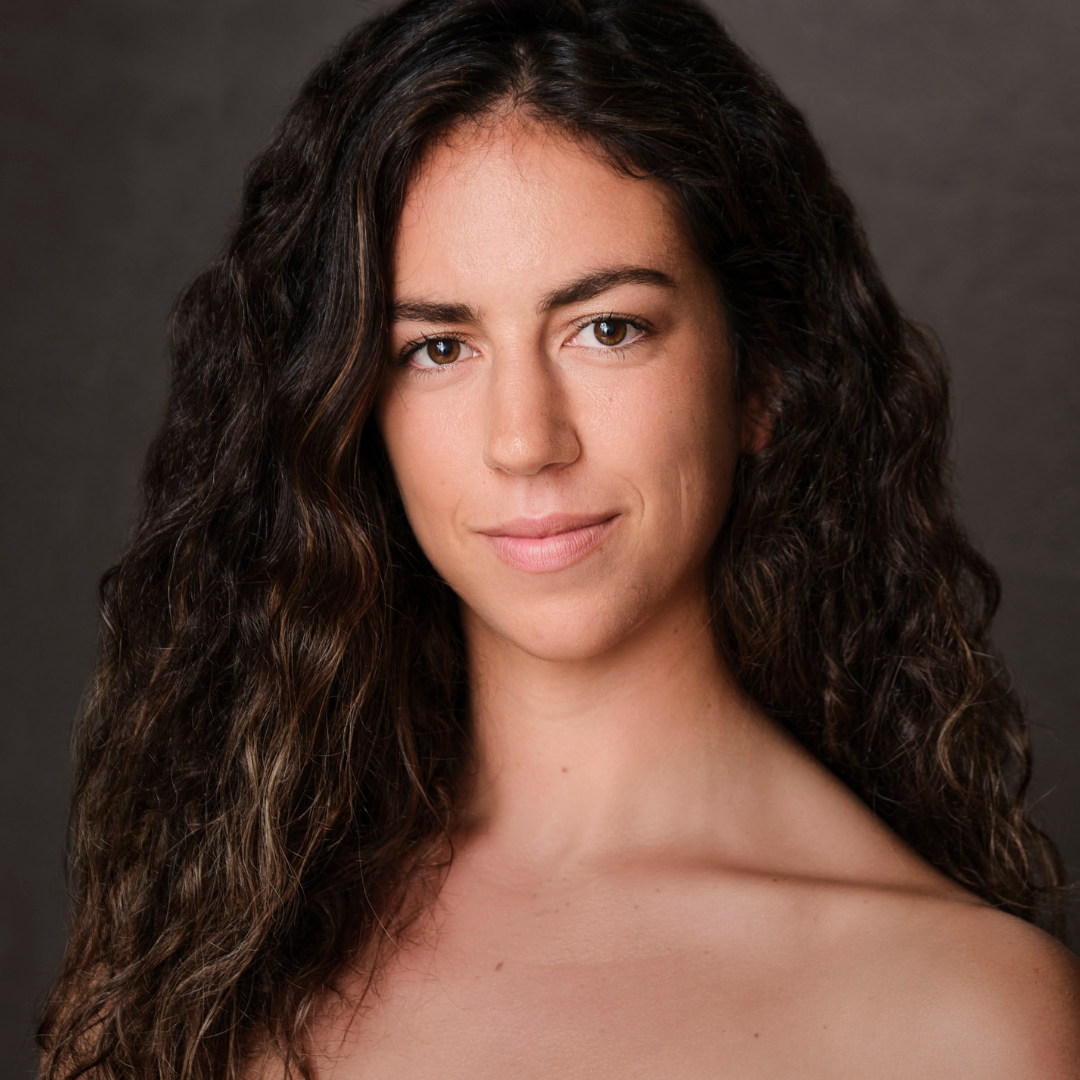
María Luján
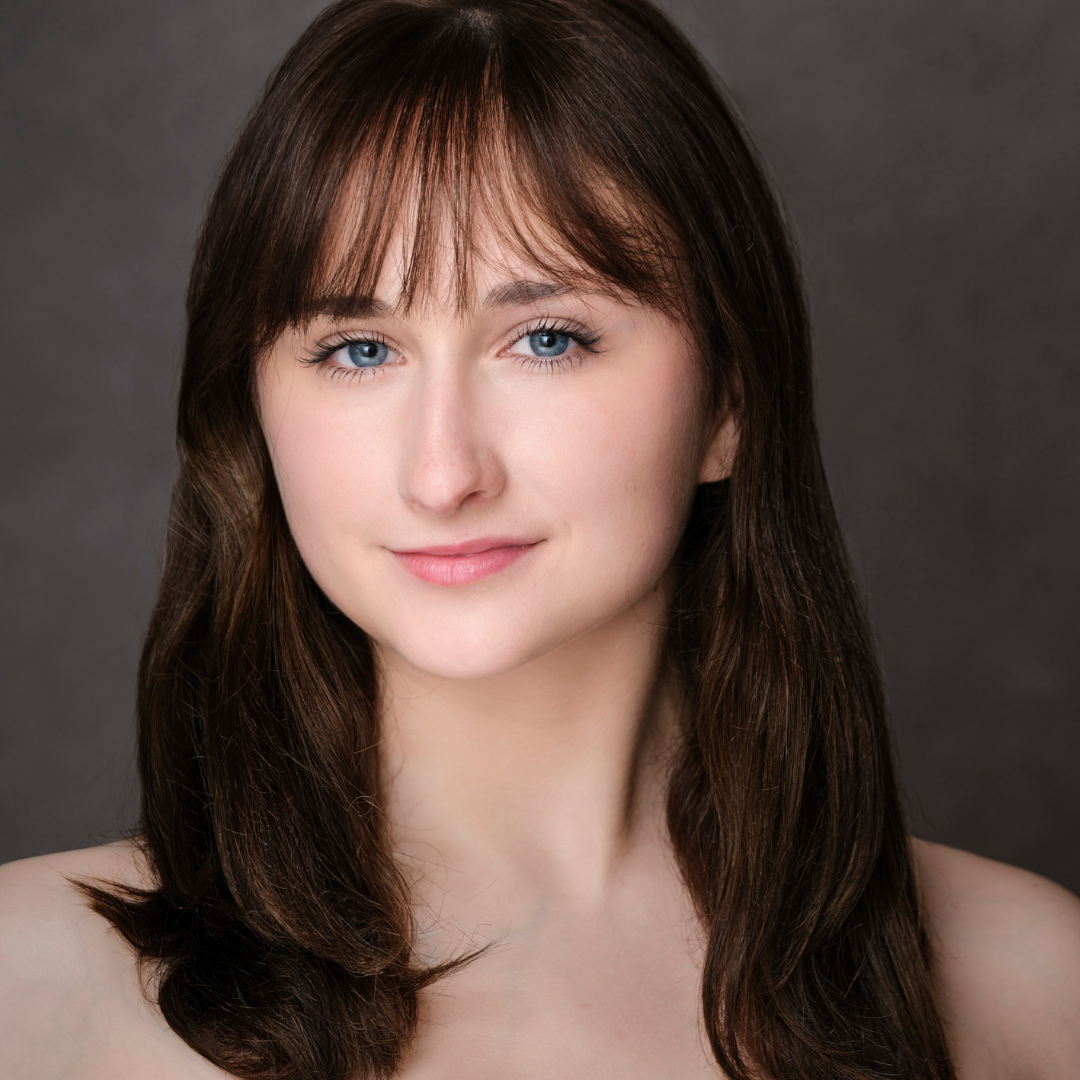
Samantha Micklewright
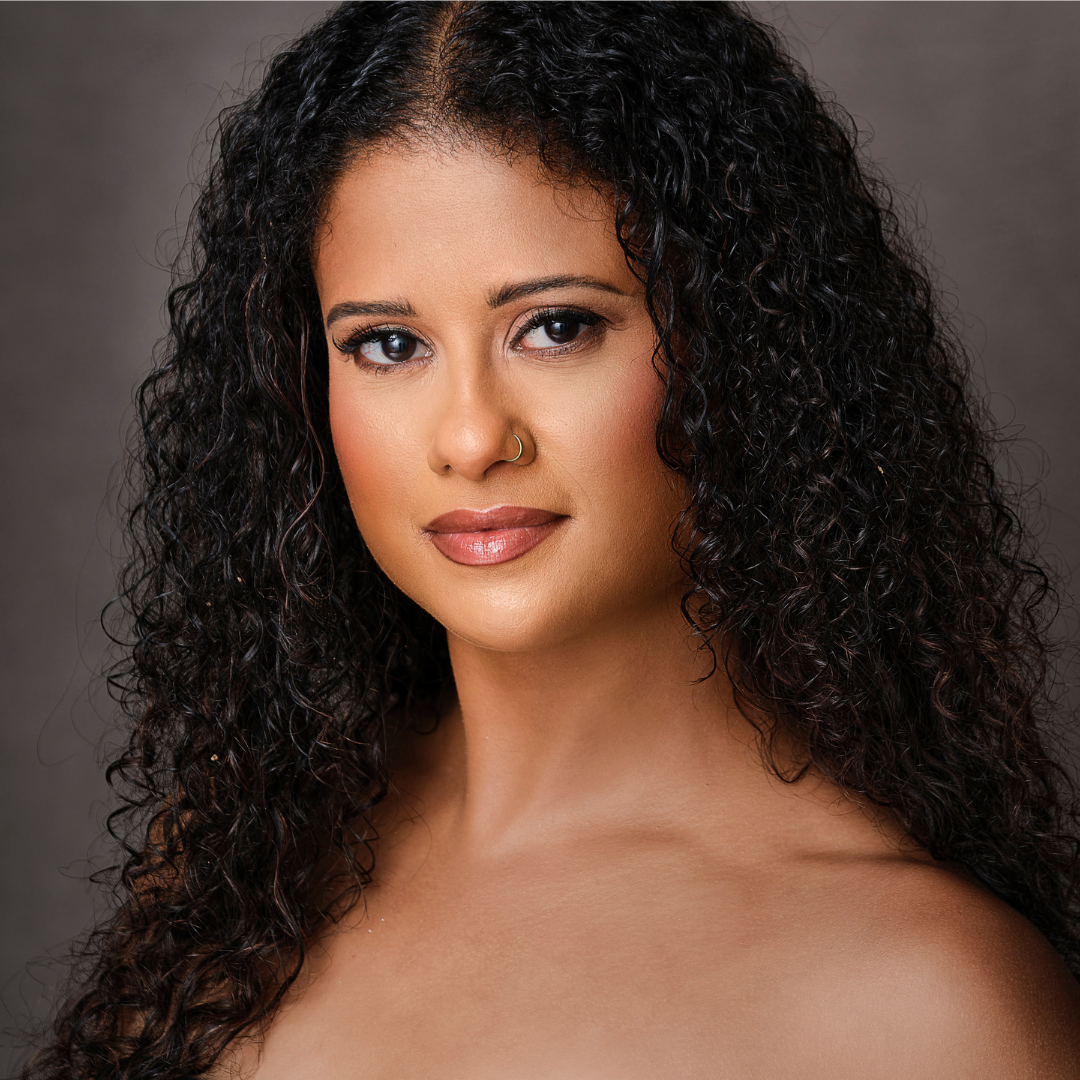
Nalanie Molina
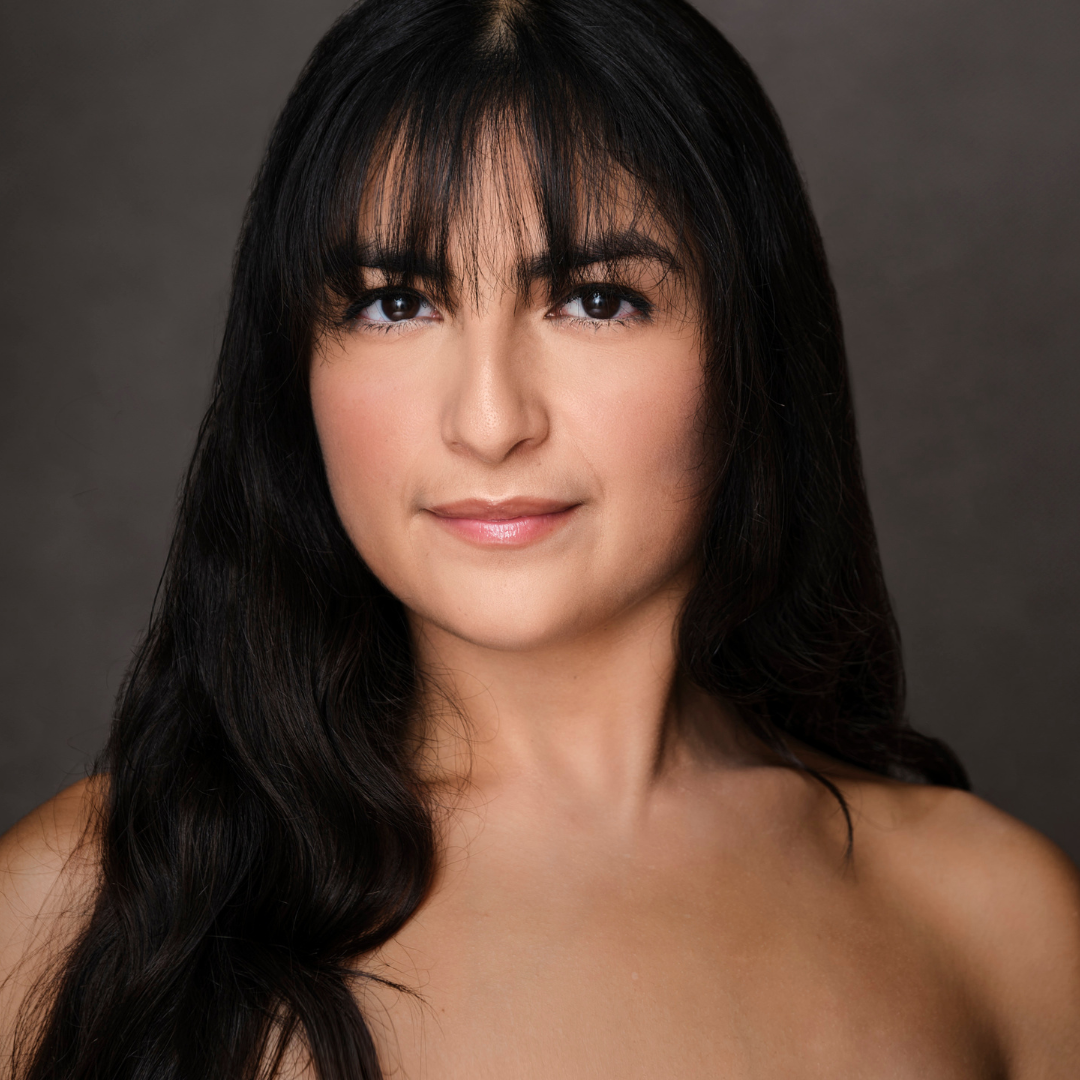
Abigail Mosquera
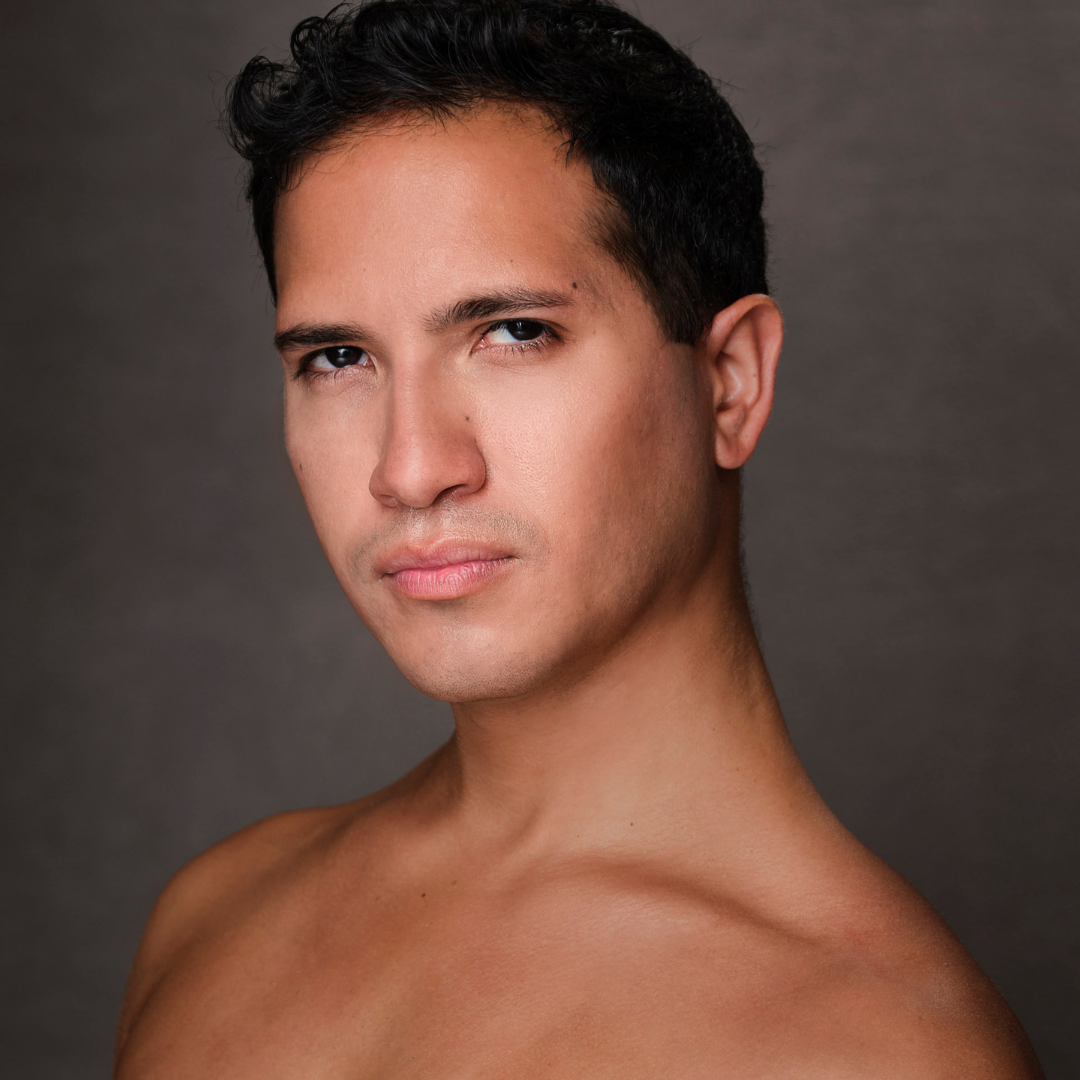
Jonathan Pacheco
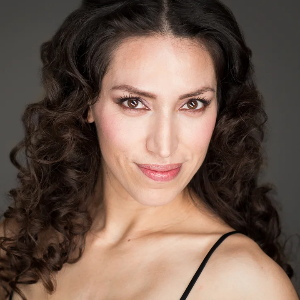
Claudia Pizarro Lara, Guest Artist / Dancer / Choreographer
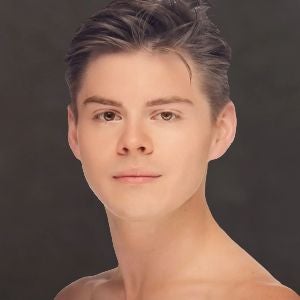
Ivan X. Aguayo, Guest Dancer
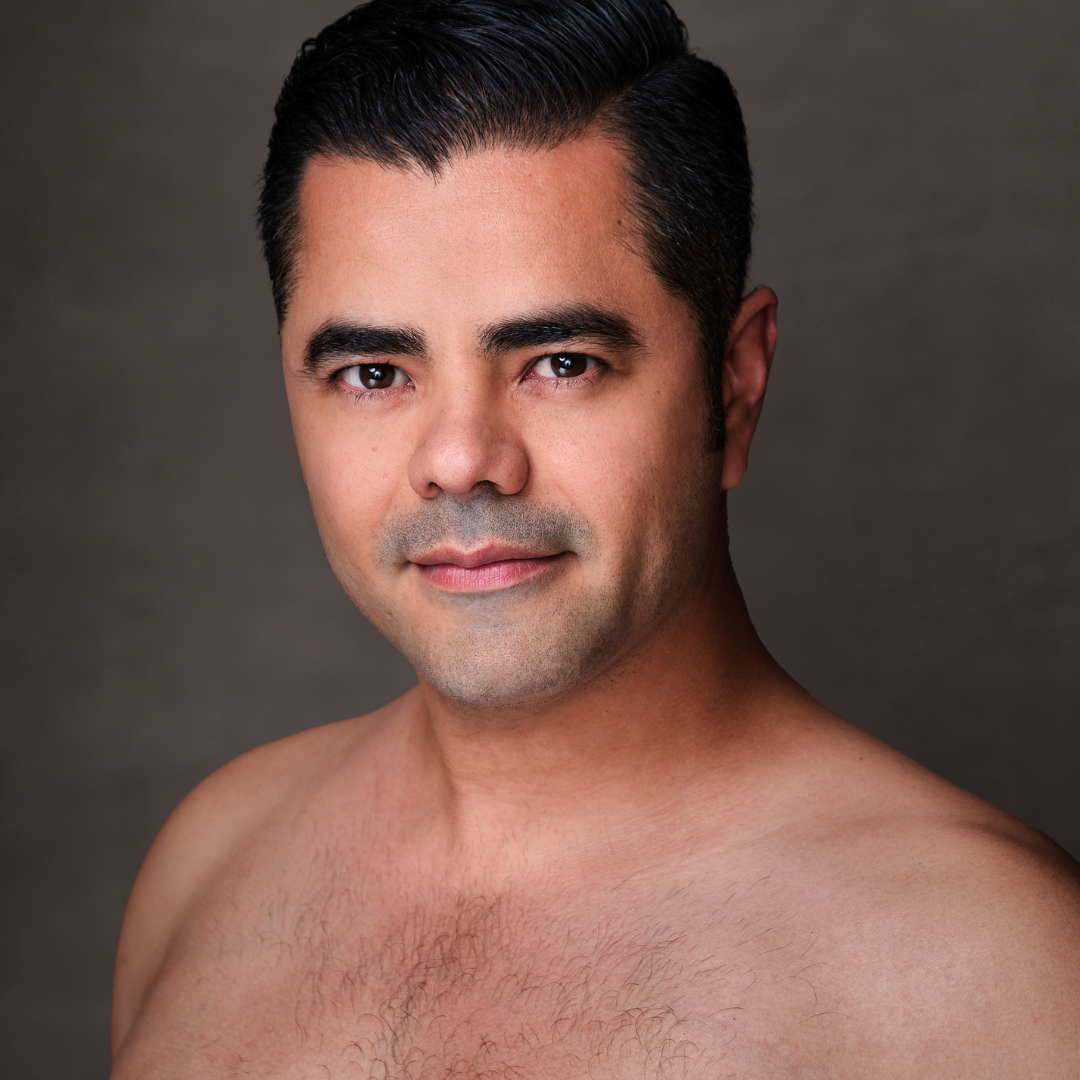
Nestor Corona, Guest Dancer
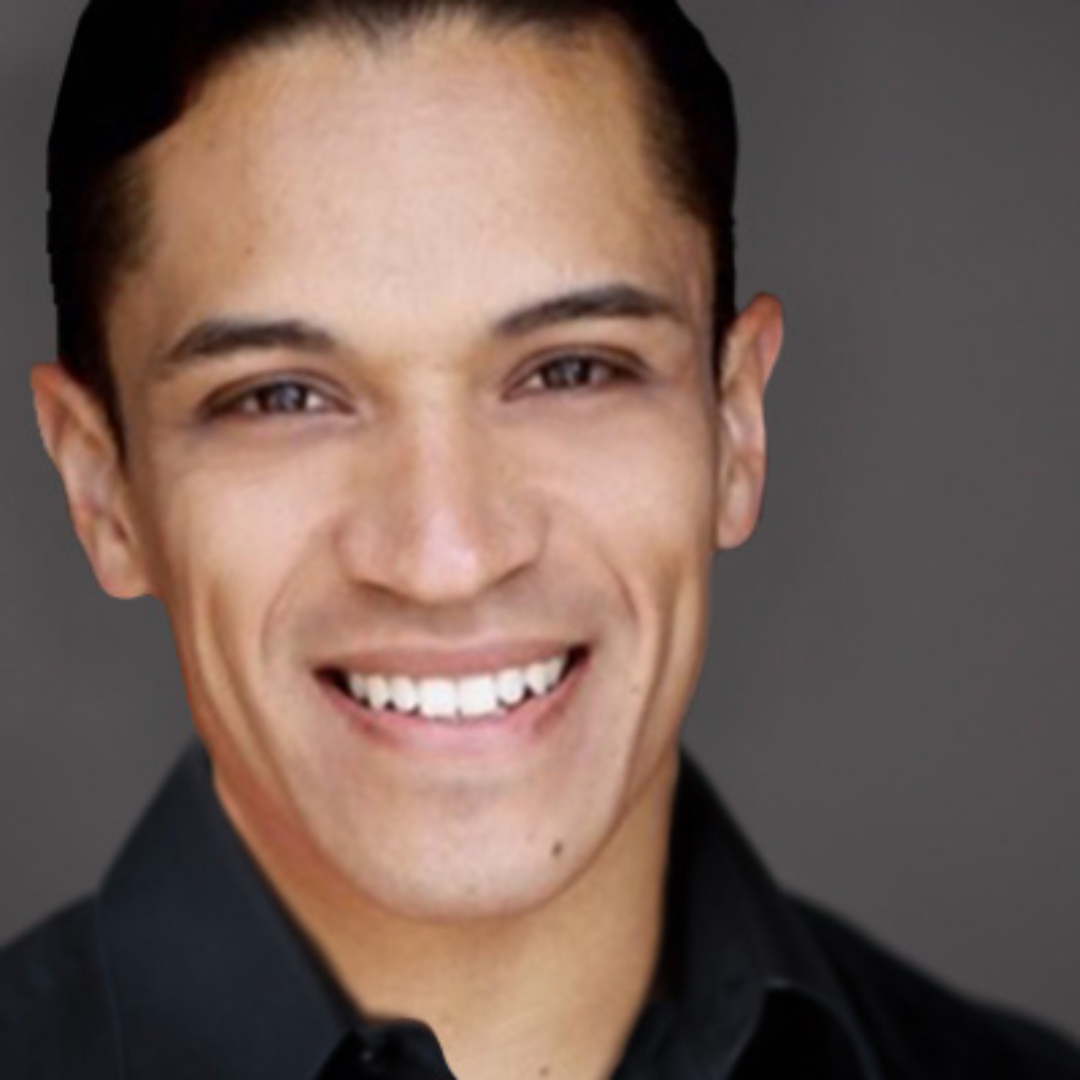
Martin Ortiz, Guest Dancer
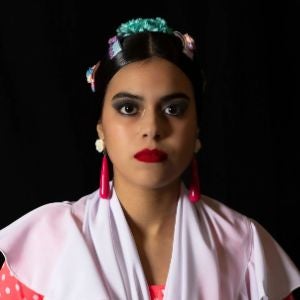
Evalie Venegas, Youth Dancer
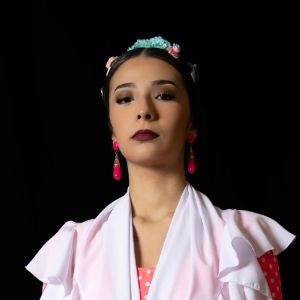
Abigail Valdez, Youth Dancer
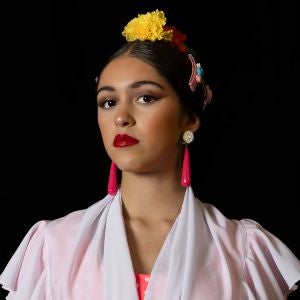
Gianna Volk, Youth Dancer

Magali Garcia, Youth Dancer
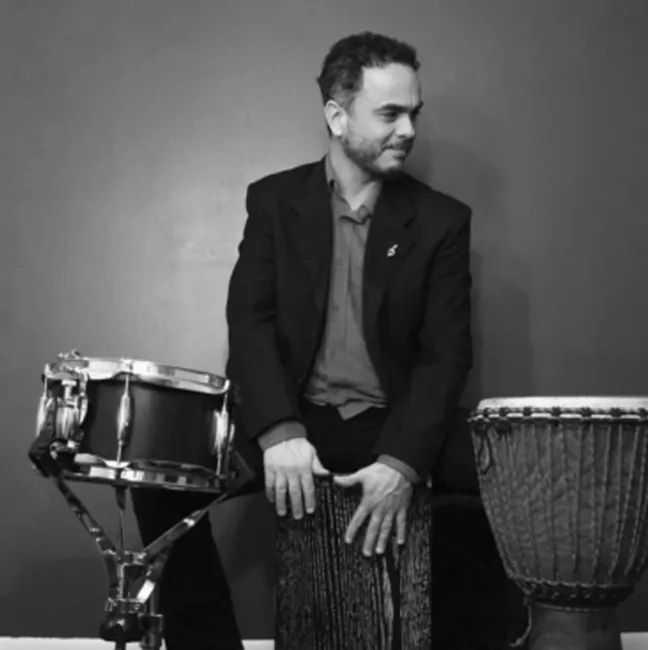
Javier Saume Mazzei, Percussionist
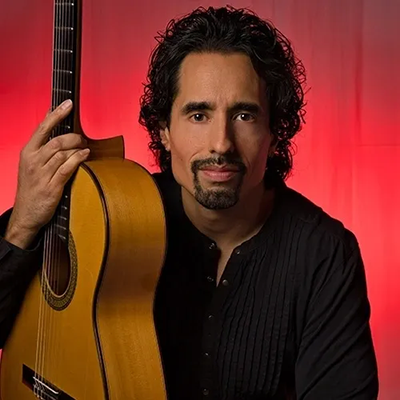
David Chiriboga, Guitarist
